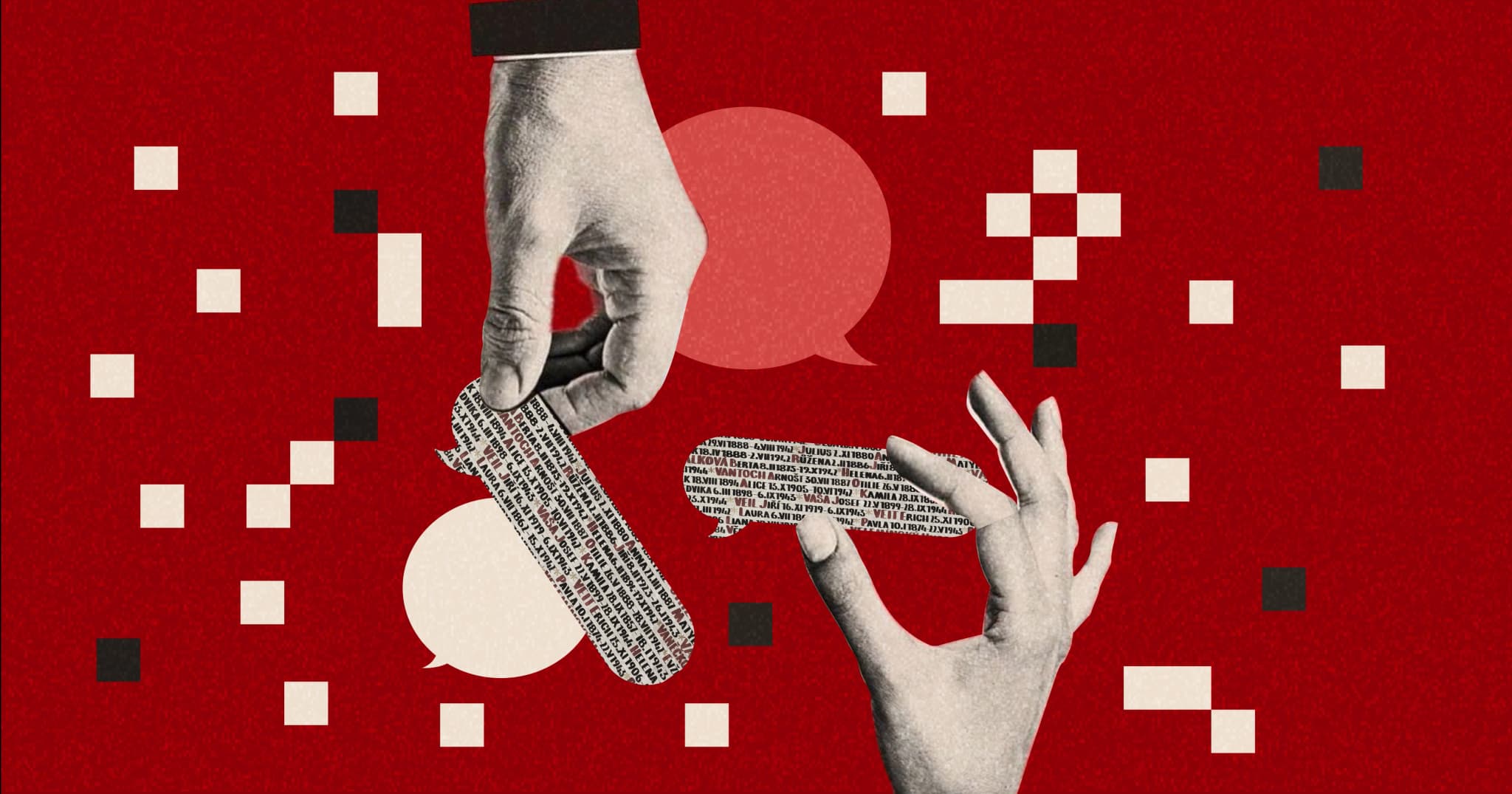We love to live what we love. Games are an immersive way to step into our favorite worlds. Social media dares and challenges like the Dalgona candy craze spread lightning fast. Blame TikTok and Instagram. Or thank it?
Because let’s be honest — if something looks fun (or chaotic) on screen, chances are, someone’s already trying it IRL. Suddenly, we’re expert sculptors, playing foreign drinking games in dorm rooms, or setting up our own Hunger Games in the backyard. Okay, maybe not that last one. Hopefully.
These aren’t just games anymore but rather challenges, hobbies, and sometimes full-on trends that jump from screen to real life.
Here are the most popular games that broke the fourth wall… and hit the real world.
APT - Rosie Feat. Bruno Mars
In South Korea, drinking is about camaraderie, quick thinking, and playful competition. One of the most popular drinking games that embodies this spirit is APT (압트), a high-energy, reflex-based game that turns any gathering into a lively battle of wits and speed.
Played with a group around a table, the game starts when someone shouts "APT!" while performing an action (like slapping the table), and players must rapidly repeat or change the action—any hesitation or mistake means drinking.
With roots in Korea’s most happening drinking culture, APT evolved from traditional "nunchi" (quick-wit) games like ‘369’ and ‘Baskin-Robbins 31,’ but stands out for its chaotic, interactive energy. Unlike Western games like Beer Pong, APT thrives on spontaneity, keeping everyone engaged through unpredictable commands like clapping ("Ddadang!") or pointing ("Jjigeo!").
Now that you've seen the game in Rose's featurette with Bruno Mars, maybe it's your turn to feel the hype. Jump in with a drink and don’t forget to chant out loud - - -
Red Light, Green Light – Squid Game
The freeze-and-move children’s game took on a whole new life with Netflix’s Squid Game (2021). Contestants must dash toward a giant doll and “freeze!” on red light or be eliminated. In reality, fans have joyously recreated it. YouTuber MrBeast famously staged a $456,000 Squid Game challenge in November 2021, with 456 players racing through Red Light, Green Light on elaborate sets.
Netflix itself went all-out promoting Squid Game Season 2: on Dec. 1, 2024, they organized a giant Red Light, Green Light race on Paris’s Champs-Élysées (with 456 fans in green tracksuits), and later held a smaller game at Sydney’s Bondi Icebergs pool (Netflix even staged a real-life “Squid Game” reality show – Squid Game: The Challenge – in 2023, where the first elimination game was exactly Red Light, Green Light with 456 players).
In short, what started as a creepy killer-doll game on TV became a social-media craze. TikTokers and teens around the world have tried their own doll-and-tag versions of “Red Light, Green Light,” and the meme is everywhere from family park playdates to corporate team-builders.
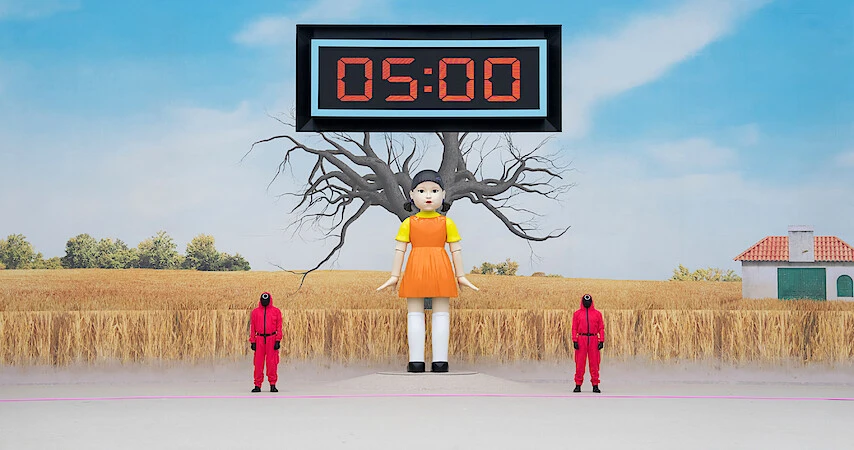
The phrase “Quiet like Squid Game” trended online. And of course, fans love to quote the show: people shouting “Mugunghwa kkoci pieotseumnida!” (“The hibiscus has bloomed!”) when the doll turns around is now a playful warning on video memes.
Dalgona Candy Challenge – Squid Game
Another breakout game from Squid Game was the Dalgona (honeycomb) candy challenge. In Episode 3, players had to carefully carve an umbrella or star shape out of a brittle candy made of sugar and baking soda. After the show aired, home cooks around the globe started whipping up their own Dalgona snacks.
By mid-October 2021, TikTok was ablaze: the hashtag #dalgona had over a billion views. Thousands of videos popped up of people—especially kids and family groups—trying to trim their candy shapes on camera.
A Business Insider report noted #dalgona had nearly a billion TikTok hits, with #dalgonacandy and #dalgonachallenge chalking up tens of millions. For many, it was just a fun kitchen challenge, but doctors soon warned that melting hot sugar isn’t entirely harmless. Hospitals in Australia and the UK issued burn warnings after children attempting the Dalgona challenge were seriously burned.
Netflix capitalized on the Dalgona craze too, posting official recipes and even limited-edition “Squid Game” kitchen sets (and selling out honeycomb candy kits). Fans have hosted Dalgona bake-offs on YouTube, and the umbrella shape itself became a quirky icon on T-shirts and phone cases.
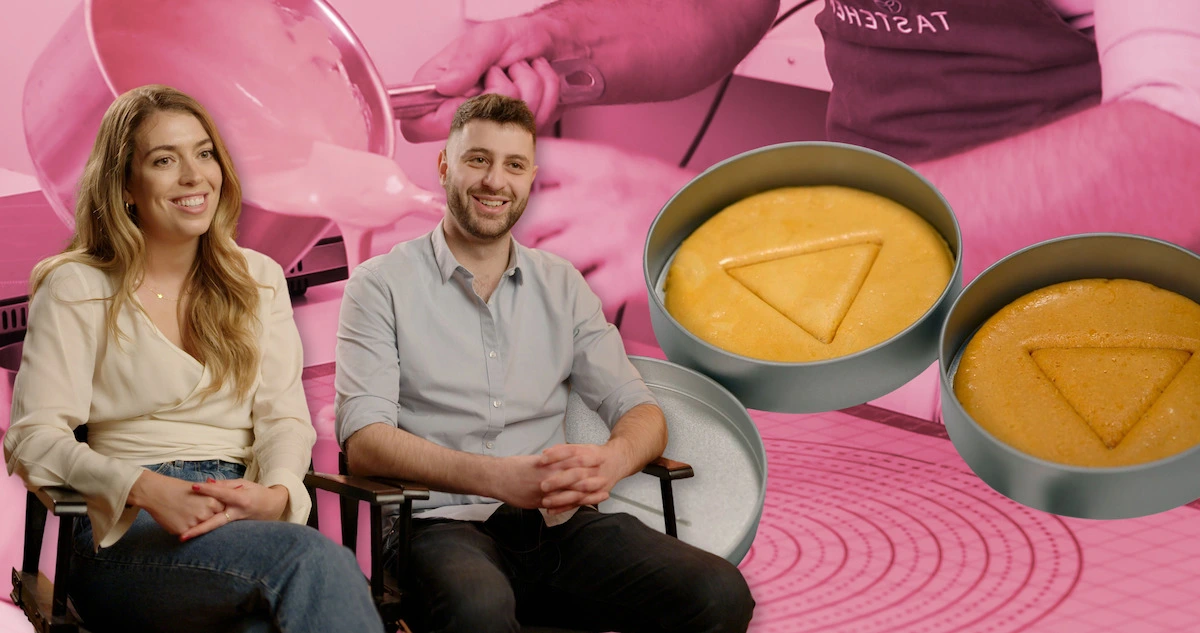
It’s one of the most literal cases of “don’t bite off more than you can chew” gone viral — a Korean candy treat made world-famous by a Netflix thriller.
Quidditch – Harry Potter
The fictional flying-broom game from Harry Potter hit books and movies leapt off the page into a real sport. The first “Muggle Quidditch” match was played in 2005 at Middlebury College, USA, by students pretending they were Hogwarts students.
From that modest start, the game has exploded. Today, thousands of players worldwide run through makeshift goal hoops with broomsticks between their legs. It’s not just casual play — there are clubs on college campuses, national leagues, and even international competitions. By some counts, Quidditch (now often called “Quadball”) boasts nearly 600 teams in 40 countries.
National championships are held yearly (the U.S. Quidditch Cup, European Quidditch Cup, etc.), and a biennial World Cup draws teams from around the globe. Fans often show up to matches in Hogwarts scarves, and everyone “swishes” their broom proudly.
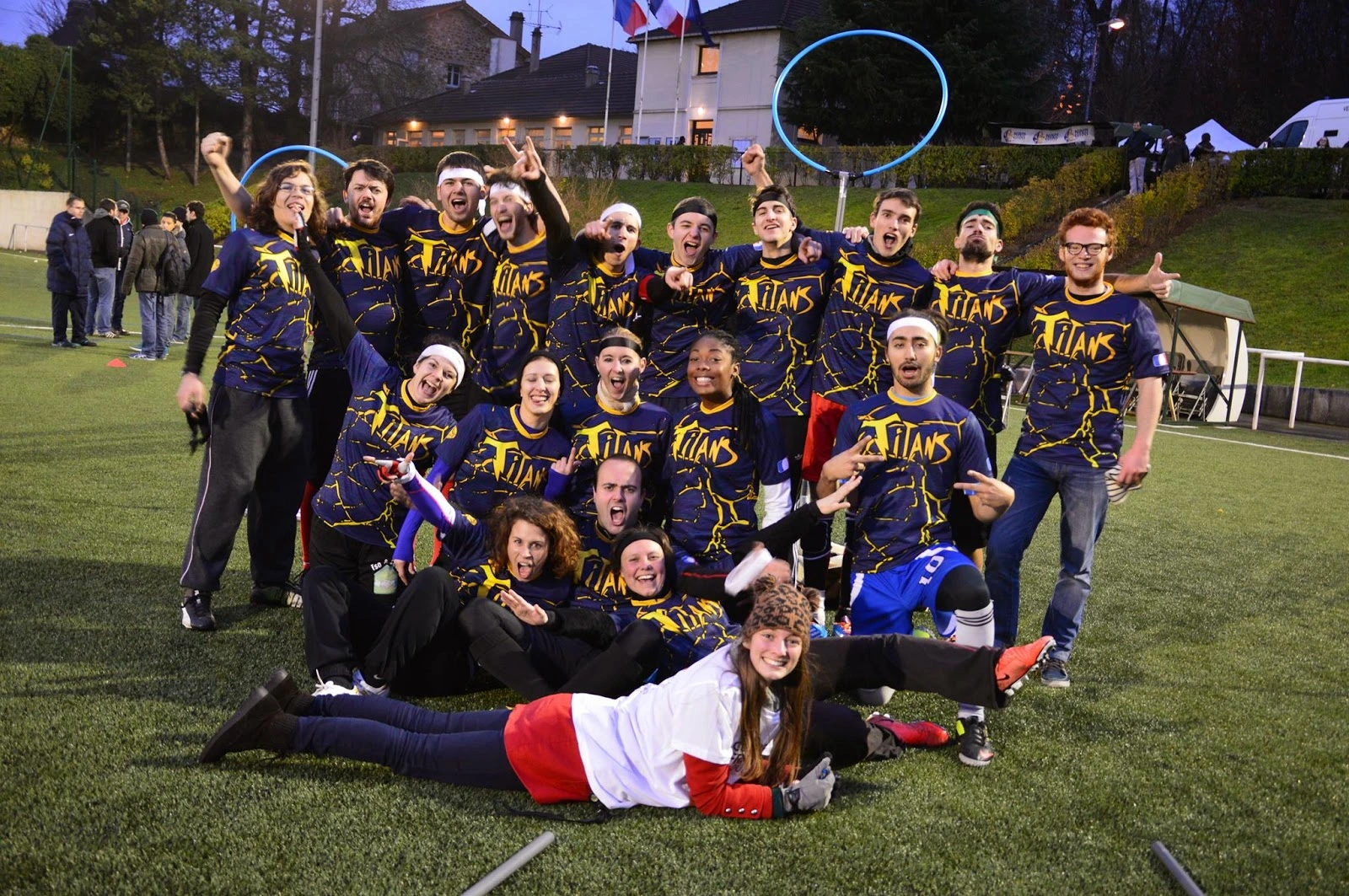
Quidditch has become a beloved real phenomenon—playground-bound kids pretending to catch snitches with tennis balls, office coworkers organizing weekend Quidditch mixers, and charity Quidditch tournaments. It’s a staple at geek conventions, too.
As the sport’s governing body puts it, what began with “a few dozen college students in Vermont” is now “a global phenomenon with thousands of players, semi-pro leagues and international championships.”
Mockingjay Training and The Reaping – The Hunger Games
The bow-and-arrow combat skills of Katniss Everdeen set many kids reaching for archery sets.
Katniss Everdeen in the The Hunger Games
After The Hunger Games movie series hit screens (2012–2015), archery interest surged. Shooting ranges and archery clubs reported a wave of new young female participants. In the U.S., archery equipment sales spiked, and USA Archery – the national governing body – even sent a letter thanking Hunger Games author Suzanne Collins for making the sport “hot” after membership numbers doubled over a couple of years. NPR reported that outfitters saw a big boom in bows and arrows sold as girls everywhere channelled their inner Katniss.
"When Katniss Everdeen started brandishing her bow and arrows on movie screens across America, our phones began (literally, began) ringing nonstop." — USA Archery
In some shooting competitions and summer camps, trainers reported teens showing up carrying little rose-shaped hair clips or bow-and-arrow sets “because of Hunger Games.” Archery lessons themed around the series became popular photo ops on social media. A few novelty events even mimic The Reaping (the lottery-like drawing of names in the story) at costume parties. (For example, library book clubs have done Hunger Games “Reaping” drawing ceremonies as interactive games.)
Back then, The Hunger Games gave archery a glow-up: the bow is back in vogue for a generation, and Mockingjay cosplay often comes with a hood and arrow. Arrows and quivers with District 12 logos are sold alongside official archery kits, and even “Hunger Games survival” campouts were offered at local camps (teaching wilderness skills and target shooting, roughly styled after the fictional training sequences).
Jumanji
The Jumanji board game (from the 1995 Robin Williams movie) has truly become real (minus the stampeding rhinos).
Almost immediately after the film, Milton Bradley released a Jumanji tie-in board game in 1995. That game used cards and a jungle board, letting families pretend the movie’s jungle hazards might pop out anytime.
Jumanji’s fame has continued with new versions: after the 2017–2019 movie sequels (Jumanji: Welcome to the Jungle and Jumanji: The Next Level), toy maker Cardinal reissued the classic board game (updated with modern graphics).
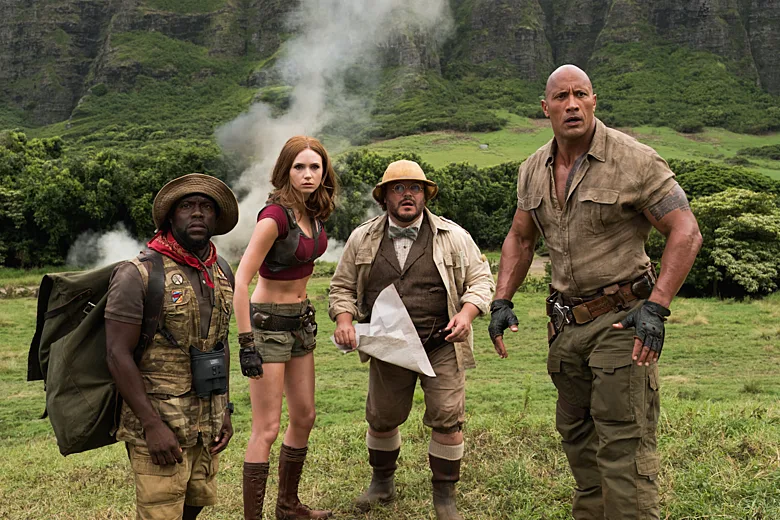
For instant thrills, several theme parks and VR arcades have built Jumanji-style experiences: for example, the Chicago Wonderverse VR has a “Jumanji” escape room where you solve puzzles to reverse the jungle curse. There are also fan events dubbed “Jumanji Jungle Runs” at some adventure parks, with obstacle courses and treasure hunts modeled on the movie’s chaos.
Merchandise abounds too: from plush versions of the monkey Brattlesnake and other movie creatures, to novelty items like “Jumanji dice” for tabletop RPG fans. The line “Don’t start the game” is now an in-joke in pop culture.
Though no one’s been magically shrunk (we hope), Jumanji’s spirit lives on in board game nights and interactive jungle adventures around the world.
Duel Monsters – Yu-Gi-Oh!
The giant card game duels of Yu-Gi-Oh! jumped off anime screens directly into real card tournaments. In the manga and anime, Duel Monsters is a popular trading-card game; in real life, Konami had licensed that exact game.
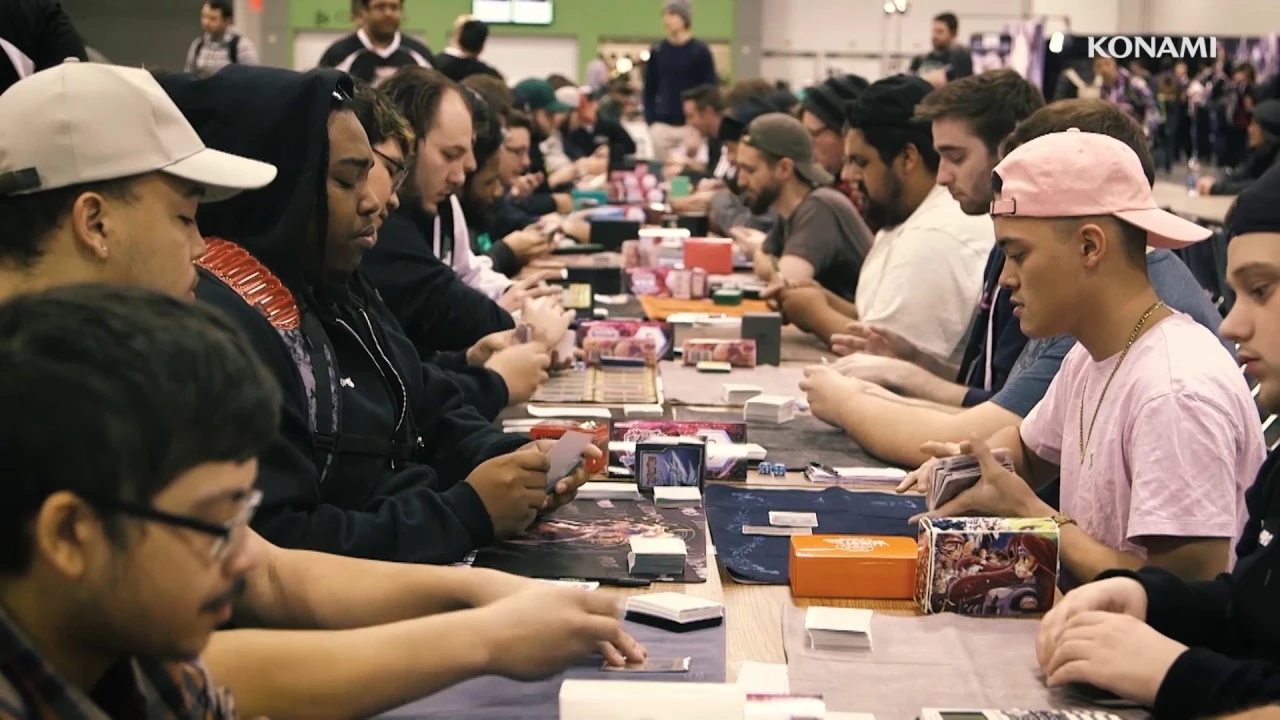
The first Yu-Gi-Oh! Trading Card Game (TCG) launched in Japan in 1999 (with English releases soon after). It caught on quickly, spawning booster packs and tournaments worldwide.
Today, it’s the largest trading card game tournament on Earth – with over 7,443 people competing in Tokyo.
Worldwide leagues and annual World Championships keep duellists busy. Fans play face-to-face at local game shops, and also online (e.g. Yu-Gi-Oh Duel Links and Master Duel). Konami’s Yu-Gi-Oh! Master Duel (a free online version released in 2022) had over 30 million players in just a few months, showing the brand’s staying power.
Major events draw thousands of people: the Yu-Gi-Oh! World Championship (held each summer) features the top players in both the Trading Card Game and video game, competing for trophies and scholarships. Cosplayers often dress as Yugi or Kaiba with life-size Duel Disks, and famous phrases like “It’s time to Duel!” have spilled into memes and even reality TV. The world has effectively turned life into a giant Duel Monster battle, complete with collectible cards, boosters, and themed products at every turn.
Beyblade Battles – Beyblade
The spinning-top match from the Beyblade anime is actually a toymaker’s reality. The Beyblade craze started in Japan in 1999 (as Metal Fight Beyblade) and launched internationally in the early 2000s. Kids (and kids-at-heart) everywhere had battles with custom tops. Today, it still enjoys a global following: the Beyblade Burst line (3rd-generation tops) has sold over 10 million tops in more than 20 countries.
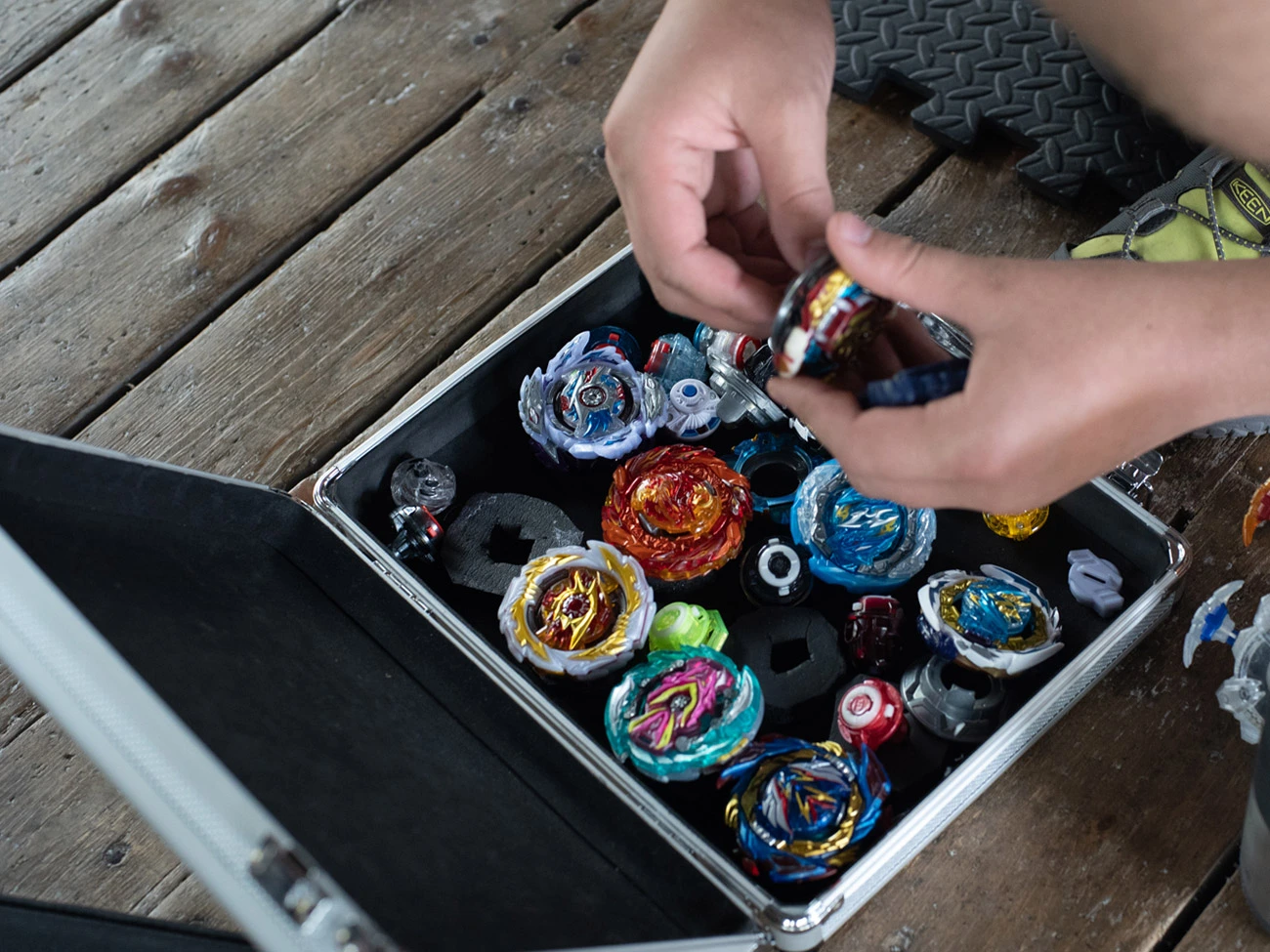
In tournaments worldwide, players bring arenas and set their Beys spinning to face off. Competitive leagues and “Beyblade Stadium” events are now common (for example, tournament qualifiers leading up to world finals).
Hasbro’s marketing materials proudly call Beyblade “a worldwide phenomenon originating in Japan in 1999”. Official Beyblade World Championships have been held in places like Tokyo, Belgium, and the UAE.
On the internet you’ll find Beyblade fan clubs, strategy forums (debating which combo of parts is best), and viral trick-spin videos on YouTube and TikTok.
The animated toy has become an ongoing real-world toy sport – kids still chant “Let it rip!” as they launch their tops, just like on TV.
Pokémon Battles – Pokémon
What was once a fictional franchise of pocket monsters has become one of the largest gaming and collecting phenomena in history. From their origin as Pokémon Red/Green video games (1996), the monster battle concept spread into real arenas on multiple fronts.
The Pokémon Trading Card Game, launched in 1999, has millions of players; the annual Pokémon TCG World Championships draw the best young card-slingers from dozens of countries. Likewise, the Pokémon video games have their own pro scene: the Video Game Championships (VGC) sees players battling on game consoles for huge prizes.
There are Pokémon World Championships each year (covering TCG, video game, and even Pokémon GO categories simultaneously) – for example, in 2023, Yokohama hosted an event with thousands of competitors in Junior, Senior, and Masters divisions across TCG and VGC.
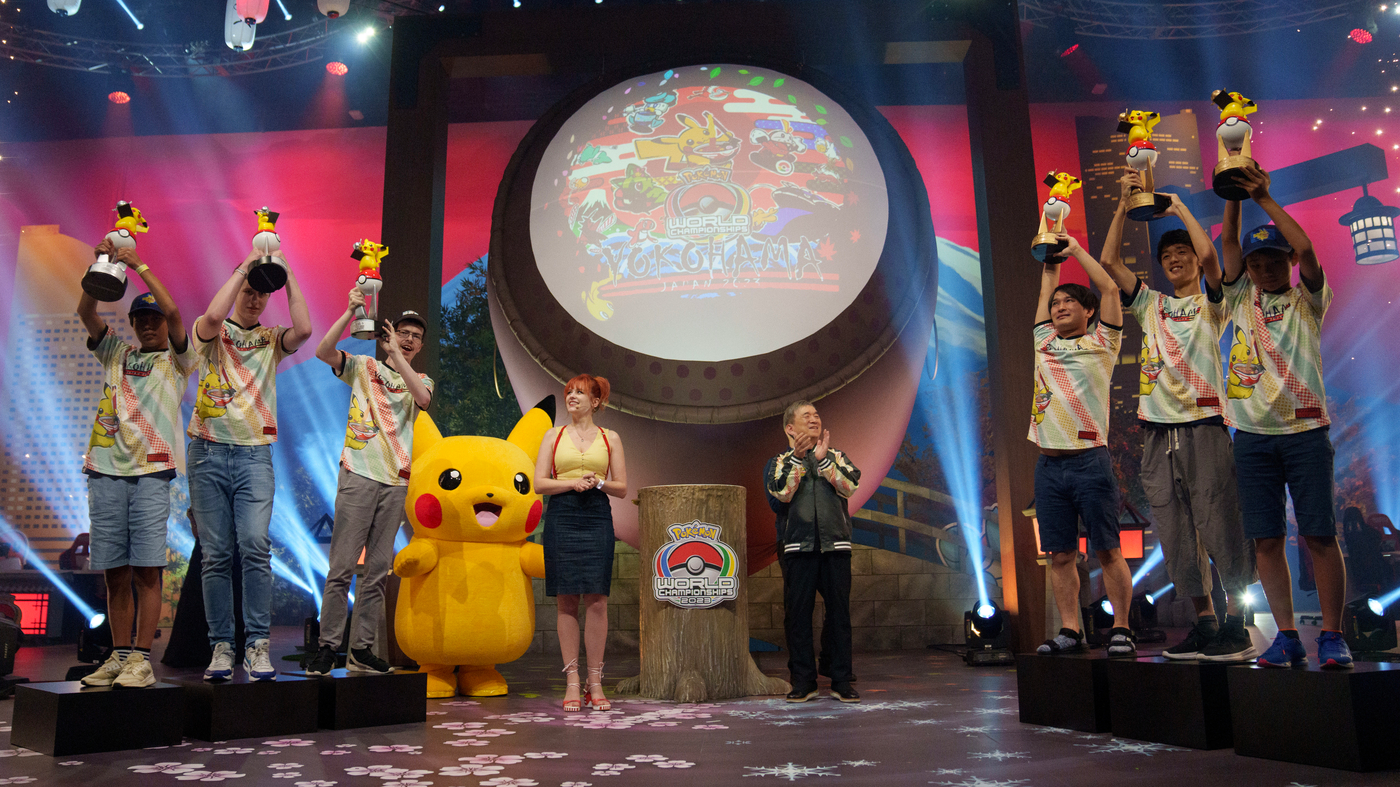
The Pokémon GO mobile game (2016) took things outside – literally creating a global craze of real-world Pokémon hunts. Within a week of launch, Pokémon GO claimed more daily U.S. users than Twitter. By mixing real geography with virtual creatures, it kept park benches, malls, and city streets hopping (and even prompted public-safety alerts when players chased Pikachu into off-limits areas).
Niantic’s annual “Go Fest” gatherings now attract tens of thousands of fans in major cities. All these layers have created a cultural juggernaut: anime and cartoons, movies, plush toys, themed cafés and amusement parks, and endless merch (Pokéballs, plushes, trading cards, you name it). On social media, gamers celebrate surprise card pulls, cosplay as their favorite Trainers, and relive childhood nostalgia.
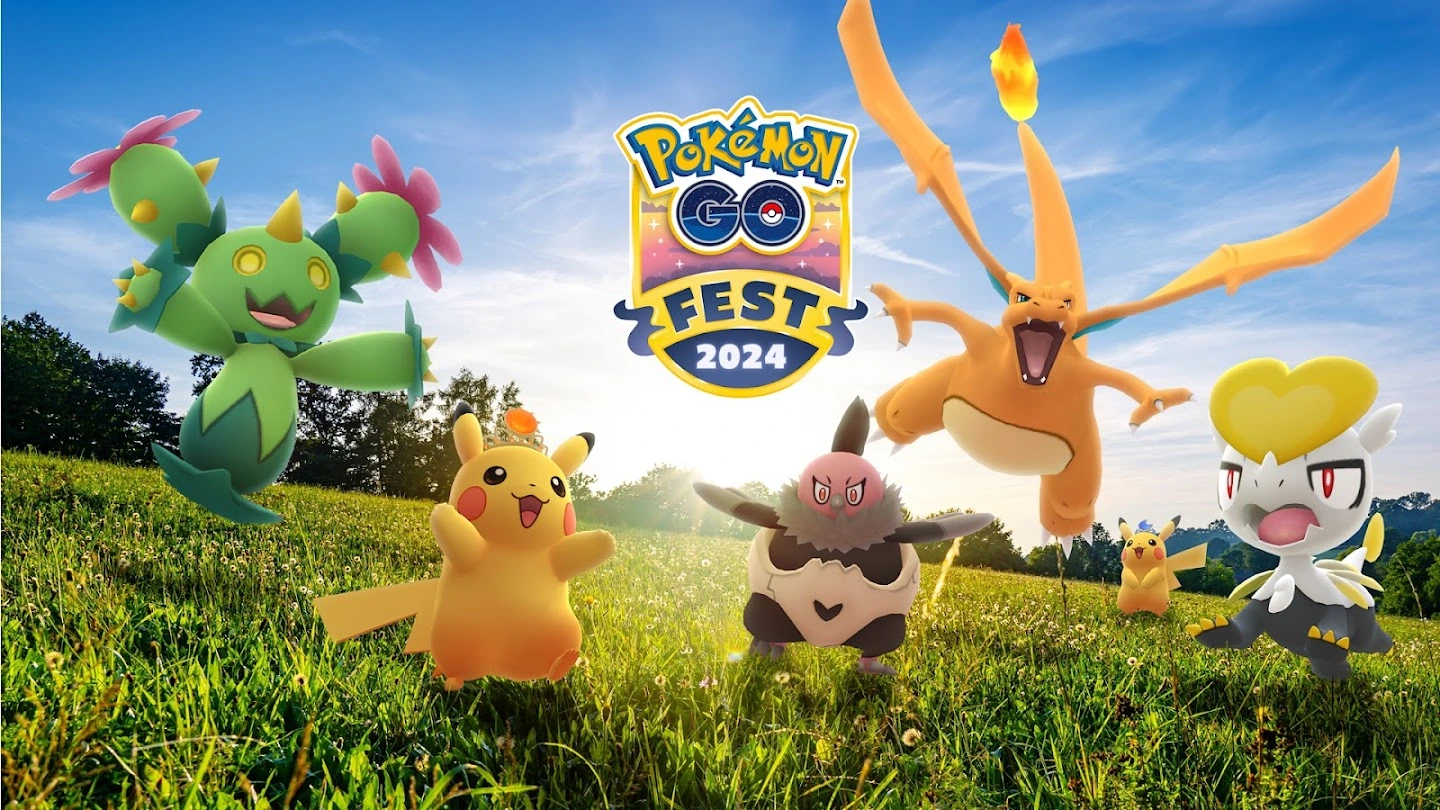
Indeed, Guinness World Records notes Pokémon is one of the highest-grossing media franchises ever. In short, every time someone says “I choose you!” from Pokémon, it reflects a real-world community of trainers battling on consoles, trading in real cards, and catching virtual monsters in public – a phenomenon far beyond its fictional origins.
Takeshi’s Castle
This classic Japanese obstacle-game show (first aired 1986) spawned countless knock-offs and fan events around the world. In Takeshi’s Castle, 100 challengers ran through wacky obstacles to storm Count Takeshi’s fortress.
Though it was never a board game, its legacy lives on. In many countries, the show’s dubbed clips (or its U.S. comedy version MXC) became cult hits on TV and YouTube.
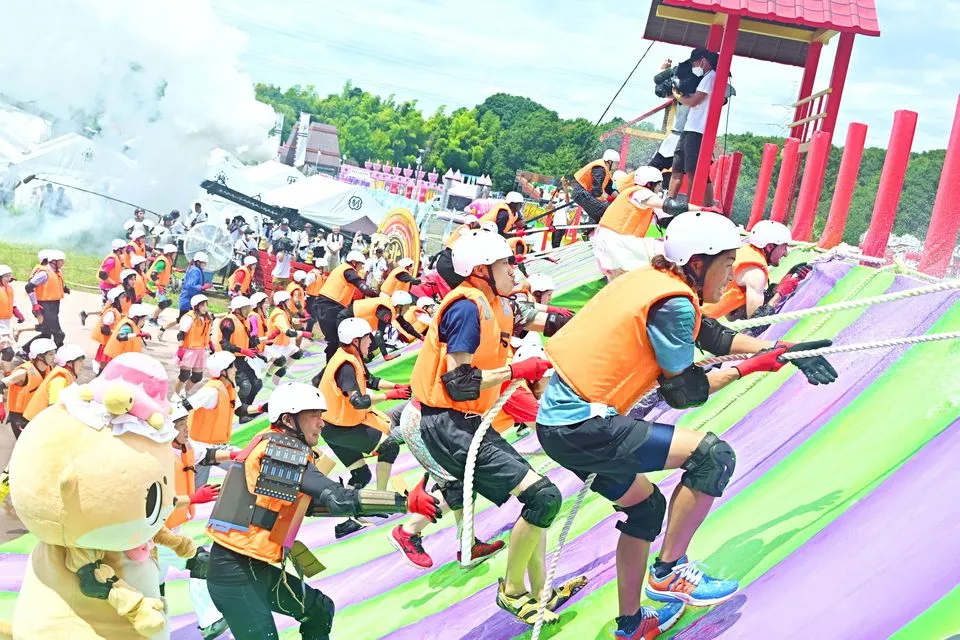
Fans have even staged their own real-life Takeshi’s Castle courses. In Japan, organizers have re-created a few classic games (like the “Big Red Balls” or “Goat Bridge”) for charity runs and sports events.
Around the world, there have been “Takeshi’s Castle”-style obstacle races (often with foam pits and silly costumes), as fan-built courses challenge contestants to wipe out in good humor. For example, annual “Nerf Wars” and obstacle parks often add a Takeshi element, and dozens of YouTubers have done Takeshi-inspired stunt videos.
The spirit of the show even inspired a 2023 reboot: Takeshi’s Castle India streamed on Amazon Prime, showing 100 contestants tackling wild obstacles with Indian actor Takeshi Kitano himself as host.
Even decades after its debut, Takeshi’s Castle retains a huge fan following across the worldIts zany games have influenced modern obstacle shows (like Wipeout and Ninja Warrior), and the phrase “Takeshi’s Castle” still conjures laughter.
Many fans keep the legacy alive through memes and one-liners (like “good luck, Hagimoto” before a jump). In short, what was a slapstick TV game show has become a global pop-culture phenomenon: its games are played “in the wild,” its catchphrases quoted online, and its retro DVDs and streaming clips still bring joy – proving that even the silliest game can live on outside the screen.
The line between fiction and real life is thinner than ever — especially when a viral challenge is involved. So the next time a made-up game shows up on your screen, don’t be surprised if it ends up in your group chat — or your weekend plans.
One thing’s clear: If we love it enough, we’ll find a way to play it. Fictional rules, real-world chaos, and we’re totally here for it.
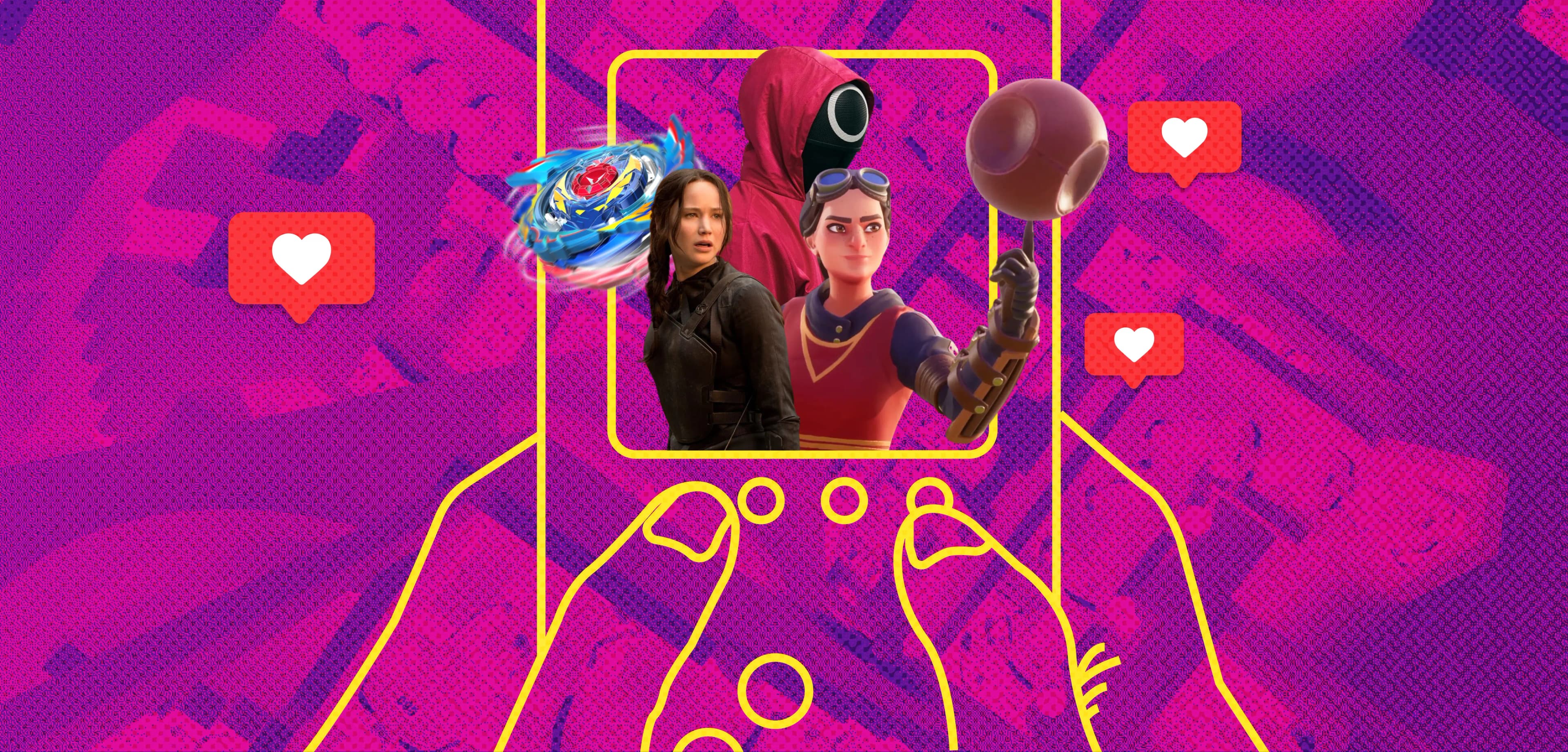
.webp&w=2048&q=75)
